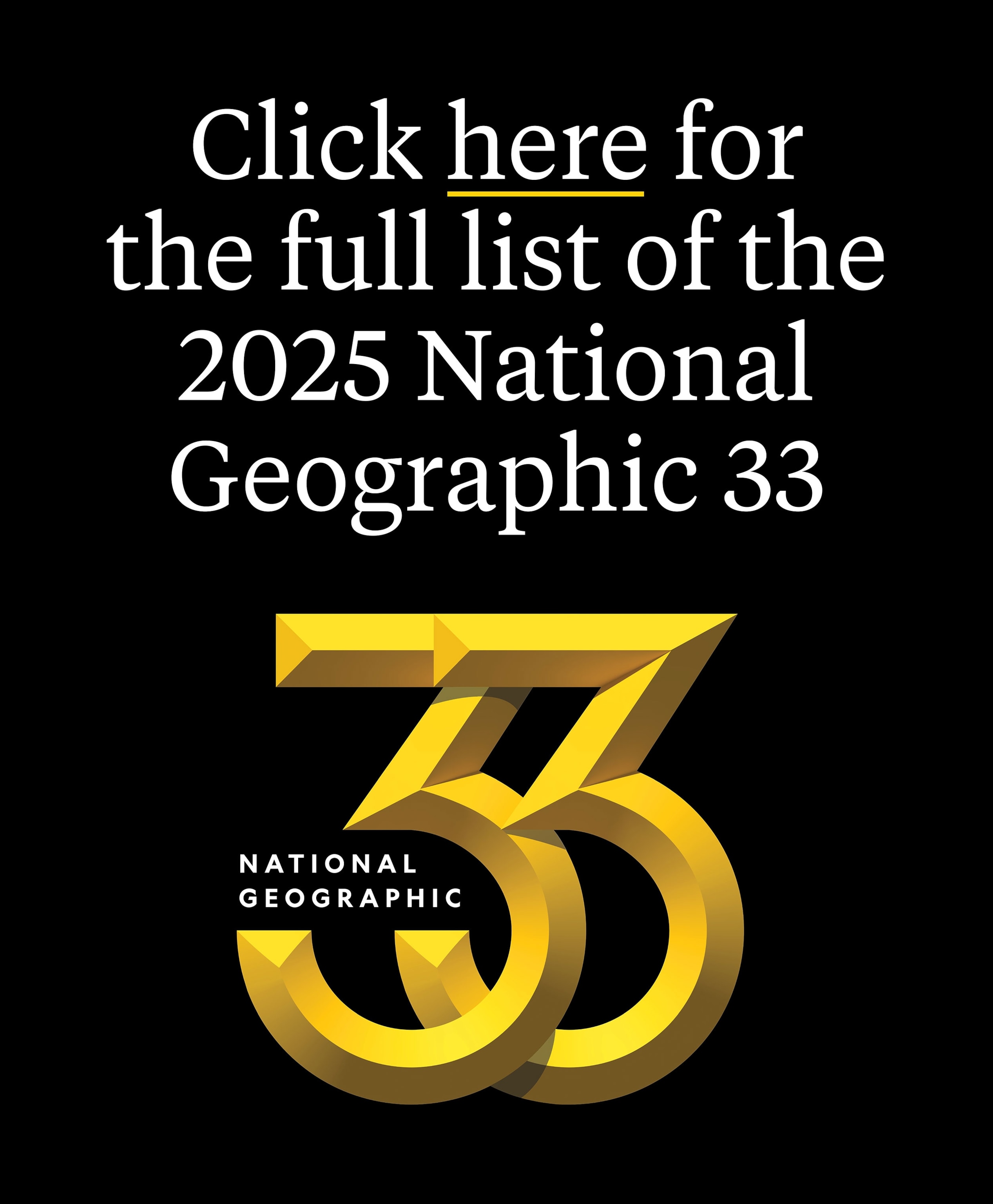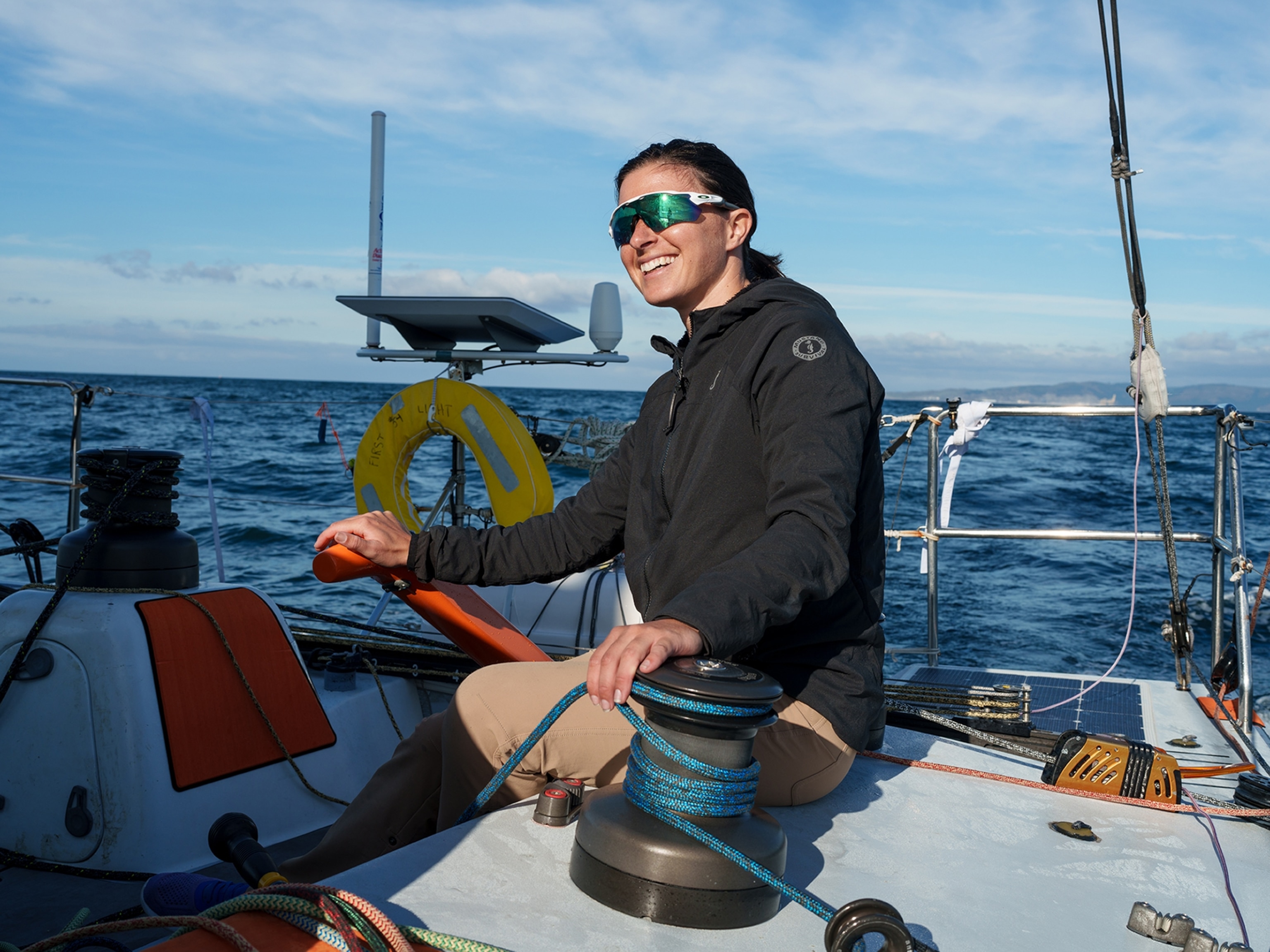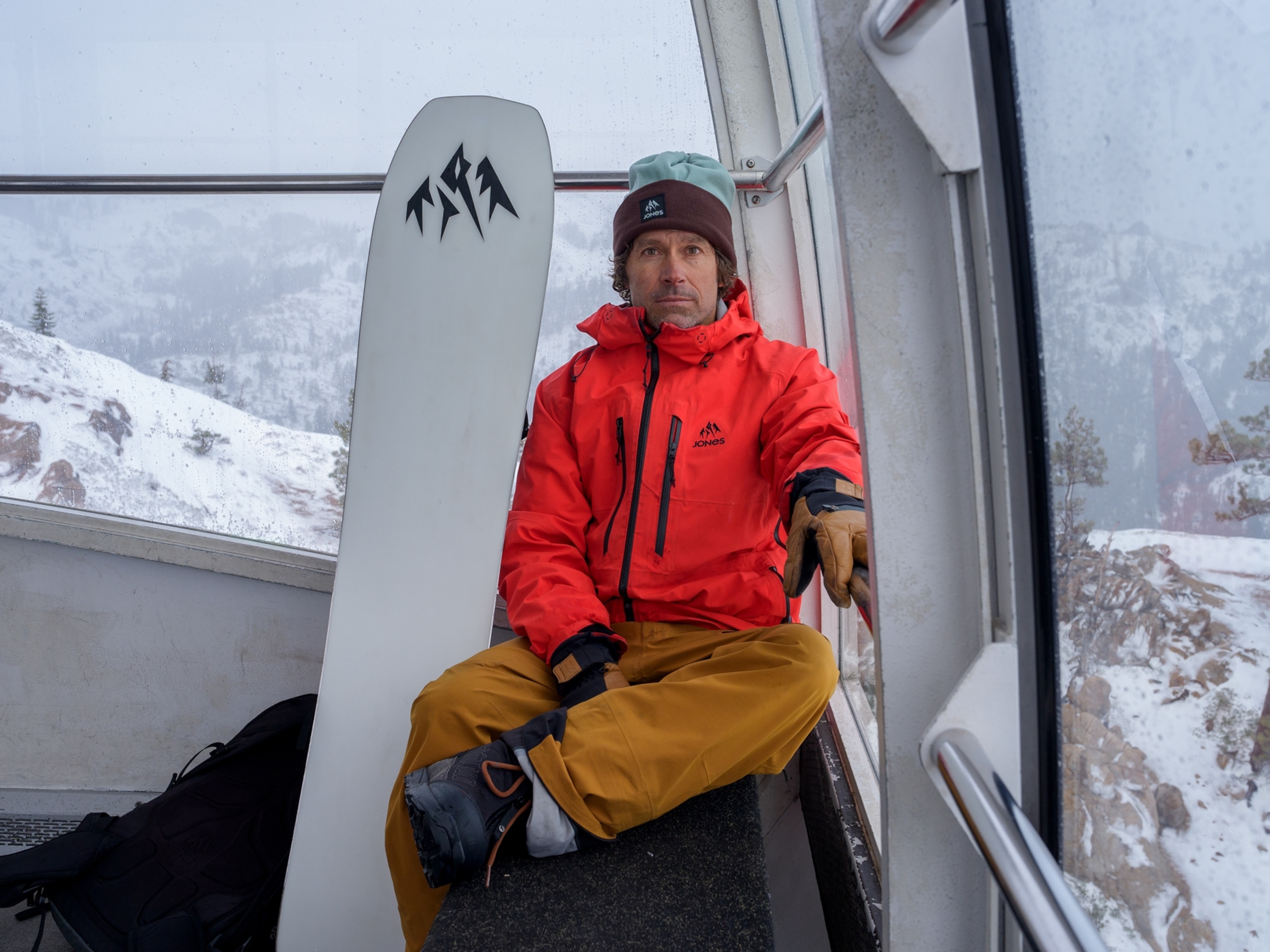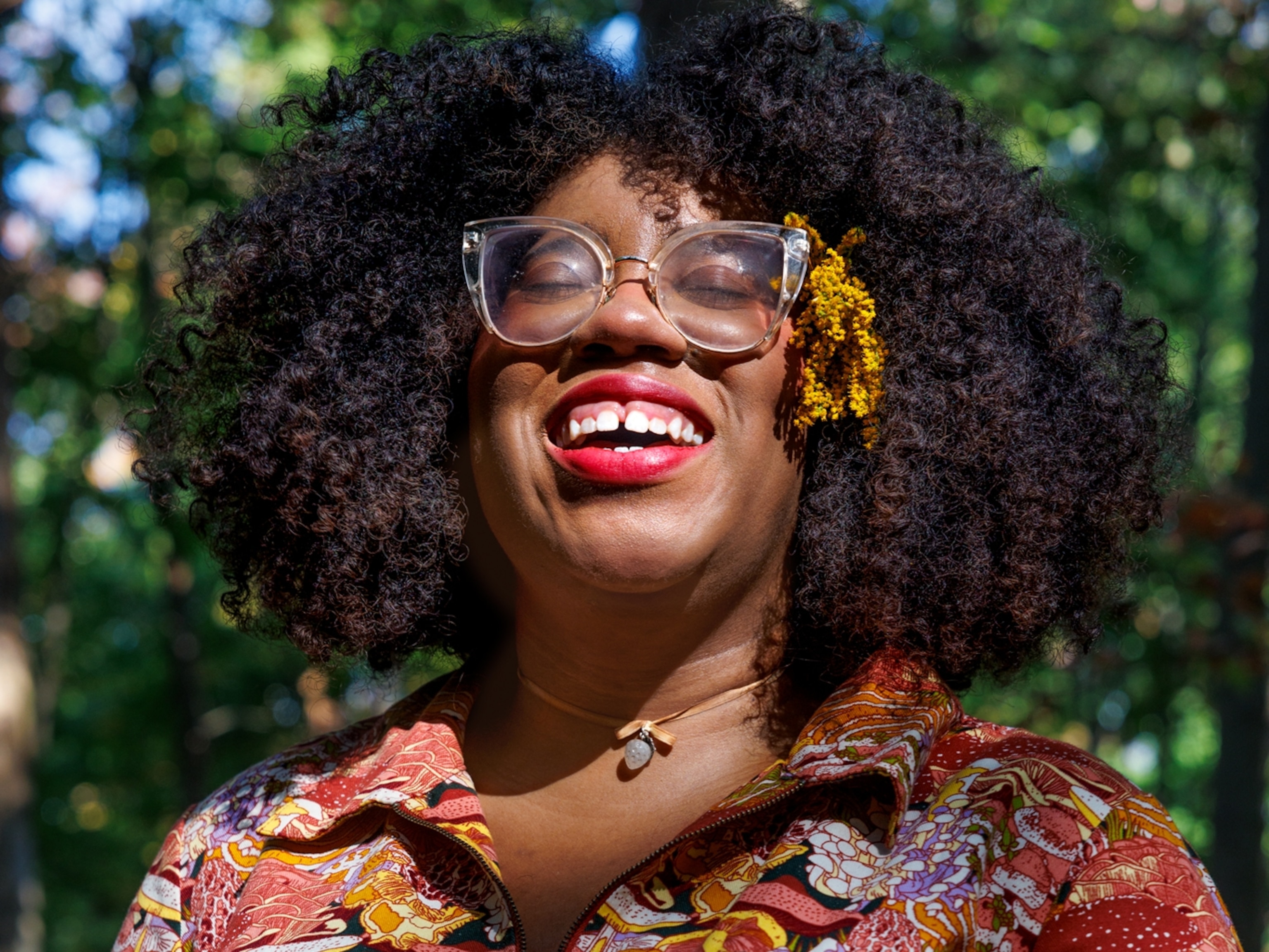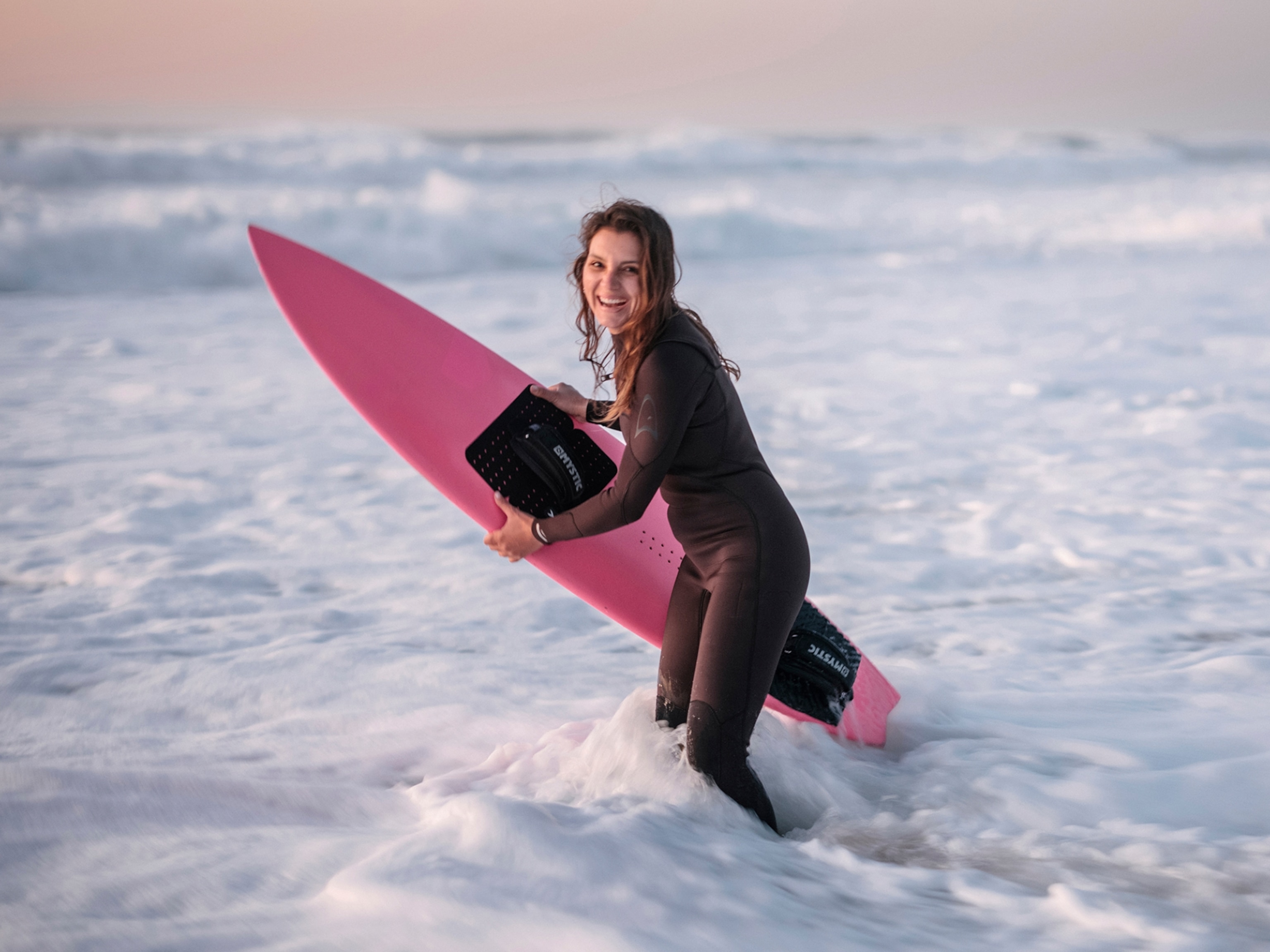She’s reached the highest peaks on Earth. Now, mountaineer Carla Pérez wants to empower everyone.
Climbing, she says, allows for an “exploration of your body, of your limits, of the possibilities that you have.” She’s working to ensure people with disabilities have the chance to experience it.

Carla Pérez can feel the difference when she crosses the invisible line that marks 8,300 meters, or roughly 27,000 feet, above sea level. “Before that wall, you still have a lot of control over what you think and what you do,” she says. “It’s, like, normal—almost normal.” But when Pérez, 42, climbs higher, things change. “You start to lose your control of your mind. You cannot talk very well—it’s like you are drunk,” she explains. Her body responds sluggishly to her commands: Thoughts and movements materialize on an agonizing delay. And there is no reprieve from the cold or the deep exhaustion. “It makes you feel very vulnerable,” Pérez says. “You are dying, actually. I think you are very close to dead.” That’s where the real test begins.
Only five of the world’s 14 8,000-meter peaks exceed 8,300 meters: Everest, K2, Makalu, Kanchenjunga, and Lhotse. Pérez, a trailblazing mountaineer from Ecuador, has so far summited the first three without the use of supplemental oxygen. And she plans to complete the set. Pérez was the first woman from the Americas to summit K2 without supplemental oxygen. She was the first woman from anywhere to summit K2 and Everest in the same year, and along the way became the first Latin American woman (and just the sixth woman ever) to summit Everest without oxygen. Climbing this way, without the support system that has helped make the highest peaks in the world achievable for generations of climbers, is her preferred challenge.
Climbing called to her from an early age. Her father would take the family on day hikes in the Ecuadorian highlands—she still remembers her first summit, a volcano about half the size of her later achievements, at age four. Soon she was eyeing what she calls the “white mountains,” the high, glaciated peaks. “I didn’t know that people climbed that,” she says. “Coming from Ecuador, we didn’t have the same culture of climbing, of mountaineering, or skiing … It was just a question mark in my head.” At 18 she received a scholarship to attend university in France—she chose Grenoble, on the edge of the Alps, and soon she was exploring new mountains with her classmates. “The world started to open.”
Back in Ecuador, after university, she was mentored by Ivan Vallejo, a celebrated Ecuadorian mountaineer and one of just a select dozen or so people in history to summit all 14 8,000-meter peaks without supplemental oxygen. “I was absolutely sure that I did the best choice,” Vallejo says of his selection of Pérez for one of his climbing teams. “Because she loves the mountains, and she has a lot of courage … If I was a kind of teacher and Carla is my pupil, of course I am so proud.” She soon became certified as a mountain guide, and now she works and climbs around the world.
Pérez also helps others break their own boundaries through an accessibility project called Más Allá de una Cima—Beyond a Peak. The group offers monthly outings into the mountains for Ecuadorians with disabilities, in part to honor an uncle who had cerebral palsy, which limited his opportunities to experience the outdoors. “Always when I was climbing a mountain, I was thinking, Oh my God, he would love to be here,” she says.
That joy follows her from the highest reaches of her homeland to the Himalaya and beyond. In addition to completing her set of the five highest summits in the world without supplemental oxygen, Pérez would like to explore some of the lesser known routes on the high Himalayan peaks. And her biggest, boldest dream is to someday pioneer a new route to one of those summits. It’s a tall order, one made even harder if she wants to achieve it in her usual way. “It’s exploration of your body, of your limits, of the possibilities that you have,” she says about climbing unassisted into ever thinner air. “And a very deep connection, for me, with Mother Earth.” The first thing we do when we are born, she points out, is breathe.
